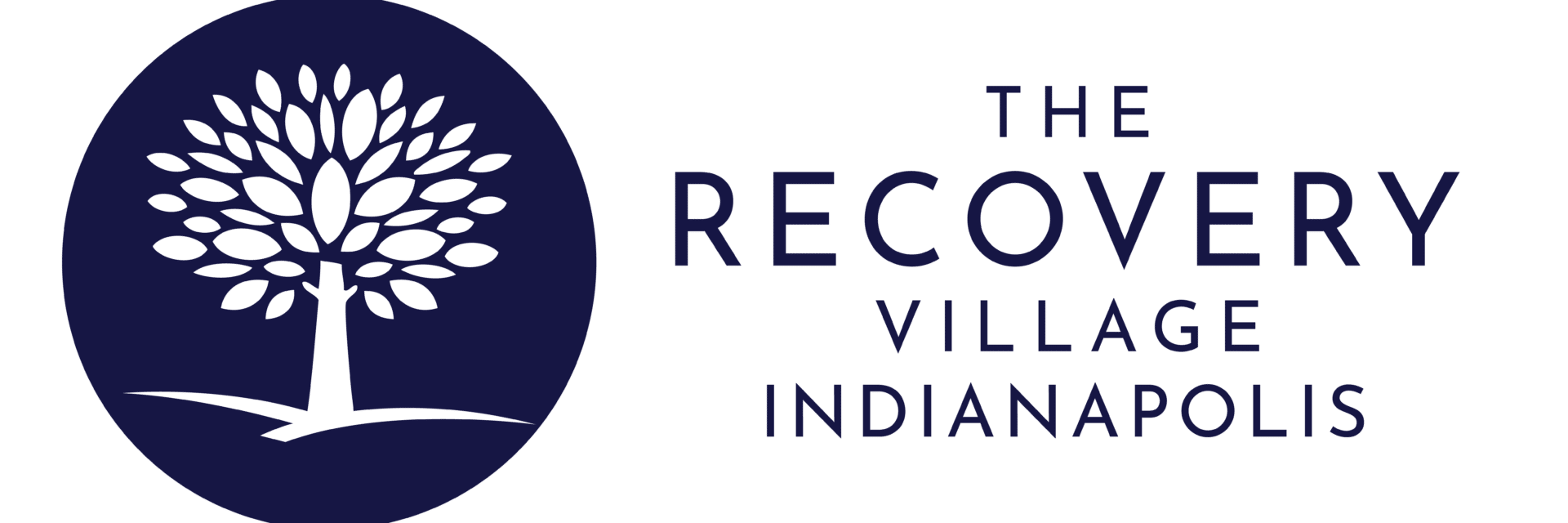Want to listen instead of read? Tune in to this article overview:
Key Takeaways
- Tapering off alcohol involves gradually reducing intake, while quitting cold turkey means stopping all consumption abruptly.
- Medical professionals typically recommend quitting cold turkey with medical supervision, as it offers a higher success rate and limits exposure to alcohol.
- Tapering allows the body to adjust slowly, which minimizes withdrawal symptoms. However, this carries the risk of prolonged exposure and relapse.
- Quitting cold turkey without medical support can be dangerous, especially for heavy drinkers, due to the risk of severe withdrawal symptoms like seizures or delirium tremens.
- Withdrawal symptoms after stopping alcohol include anxiety, nausea, tremors, hallucinations, and, in severe cases, seizures or coma.
- The benefits of tapering include reduced stress on the body and mind and better management of cravings, though the approach is not often recommended by medical professionals.
- Tapering strategies include direct tapering (gradually reducing alcohol intake) and substitution tapering (switching to less potent drinks), though both require discipline and careful planning.
- The kindling effect, where repeated alcohol withdrawal worsens symptoms over time, highlights the importance of choosing an effective quitting method.
- A medically supervised alcohol taper or cold turkey approach is crucial for safety, particularly to avoid life-threatening withdrawal symptoms like rapid heart rate and high blood pressure.
- Support from addiction professionals and a structured plan are key to quitting alcohol safely and effectively.
Stopping alcohol can seem like a daunting task, but there are many benefits to this decision. Understanding how to taper off alcohol safely is crucial for those exploring how to reduce their alcohol intake. It is important to understand safe tapering methods and how they contrast with quitting cold turkey. The decision is ultimately down to the individual. However, the medical community recommends the latter approach. Taking the best path toward sobriety can make a significant difference in your journey to recovery.
Alcohol Taper vs. Quitting Cold Turkey
Alcohol tapering involves gradually reducing your alcohol intake. This allows your body to adjust to the changes that occur as you stop using alcohol.
On the other hand, quitting cold turkey involves stopping alcohol all at once. The individual must push through the resulting withdrawal symptoms.
This Season, Give Yourself the Gift of a Fresh Start.
Whether you are struggling with addiction, mental health or both, our expert team is here to guide you every step of the way. Don’t wait— reach out today to take the first step toward taking control of your life.
Medical professionals recommend quitting cold turkey and using medications to treat symptoms. They suggest this approach because your odds of success are higher. You will also have less exposure to alcohol’s effects. Either method of quitting is potentially dangerous. This is why you should use medical help, whether tapering or quitting cold turkey.
Taper Method
Tapering off alcohol involves gradually reducing your alcohol consumption over time. This method can help minimize withdrawal symptoms, making the process more manageable. It’s best to do this under medical supervision. This will help ensure safety and effectiveness. Tapering allows the body to adjust slowly to lower levels of alcohol. In turn, this reduces the shock to the system.
Cold Turkey Method
Quitting alcohol cold turkey means stopping all alcohol consumption abruptly. While it might seem like a quick solution, this method can be risky without medical support. This is especially true for heavy drinkers. Abruptly stopping alcohol can lead to severe withdrawal symptoms. They can even be life-threatening if you go at it alone.
What Happens to the Body When You Stop Drinking?
Consistently using alcohol for a long time causes your brain to adjust to its suppressing effect. It becomes more hyperactive and balances out the effects of alcohol. As a result, it brings more balance to the brain’s function.
Stopping alcohol use can trigger a range of physical and psychological responses. When you stop drinking, alcohol no longer balances the brain’s hyperactive state. The body has become used to regular alcohol intake. Therefore, it may react with withdrawal symptoms. These symptoms include:
- Anxiety
- Agitation
- Insomnia
- Rapid heartbeat
- Nausea
- Vomiting
- Tremors (shaking)
- Hallucinations
- Seizures
However, the body will start to recover over time. As the brain readjusts, physical and mental health will improve.
Benefits of Tapering Off Alcohol
Gradually tapering off alcohol is considered a gentle approach. It may reduce the risk or intensity of severe withdrawal symptoms. Some benefits make it an appealing option to some people considering quitting alcohol. These include:
- Reduced risk of severe withdrawal symptoms like delirium tremens
- Potential for lowered stress on the body and mind
- Better ability to manage cravings
- Opportunity for psychological adjustment as you stop drinking
These benefits can seem appealing. However, there are also cons to tapering alcohol. Many medical professionals even believe they outweigh the potential benefits.
Cons of Tapering Off Alcohol
Despite its benefits, there are some important drawbacks when considering tapering off alcohol. That is why healthcare professionals discourage people from attempting tapers. Instead, doctors and nurses encourage them to quit cold turkey with their help.
The cons of tapering off alcohol include:
- Prolonged exposure to alcohol
- Difficulty in maintaining a disciplined reduction schedule
- Increased potential for relapse during withdrawal
- Lack of professional help during and after detox
Tapering can result in fewer or less intense withdrawal symptoms. However, it increases the risk of not completing the taper or relapsing afterward. This is because each withdrawal attempt increases the severity of the next. This phenomenon is known as the “kindling effect”.
Alcohol Tapering Strategies
Tapering should be avoided in most situations. However, there may still be some scenarios in which someone decides to taper from alcohol. When someone does use a taper, two main types are often used.
Direct Taper
Direct tapering involves gradually reducing the amount of alcohol consumed each day. Someone using a direct taper will cut out a drink every day. Sometimes, they may wait more than a day or cut out more than one drink daily. Still, this approach involves removing drinks on a regular, scheduled basis. This method requires discipline and monitoring, as misjudging the amount consumed is easy.
Substitution Taper
A substitution taper involves replacing alcoholic beverages with less potent alternatives. For example, you may switch from spirits to beer at first. A substitution taper can also involve switching alcoholic beverages with non-alcoholic beverages. Diluting alcohol with other beverages is another option people may use. This method can be more manageable. This is because it allows for a more controlled reduction in alcohol.
A substitution taper is more complicated than a direct taper. For one thing, it requires more careful planning. You must also track the amount of alcohol used each day. The benefit is that it can make it easier to stop drinking alcohol. This is because you may continue your regular routine while reducing your alcohol use.
HAMS Taper
The HAMS Taper is a harm reduction strategy designed for individuals who want to reduce or quit alcohol consumption in a controlled and safe manner.
HAMS, which stands for Harm Reduction, Abstinence, and Moderation Support, focuses on providing practical guidance for tapering off alcohol rather than quitting abruptly, which can be dangerous for heavy drinkers.
This method can help individuals gradually lower their alcohol intake, minimizing the risk of withdrawal symptoms while promoting long-term recovery.
How Does the HAMS Taper Work?
The HAMS Taper encourages individuals to set realistic and achievable goals for reducing alcohol use. It involves:
- Tracking Alcohol Consumption: Keeping a daily log of how much alcohol is consumed helps individuals stay aware of their drinking habits.
- Gradual Reduction: The key principle of the HAMS Taper is reducing alcohol intake over time, allowing the body to adjust and minimizing withdrawal risks.
- Support and Accountability: The HAMS network provides peer support, advice, and resources for individuals using this tapering approach.
Benefits of the HAMS Taper
- Minimized Withdrawal Risks: By gradually reducing alcohol intake, individuals are less likely to experience severe withdrawal symptoms like seizures or delirium tremens.
- Personalized Approach: HAMS allows individuals to set their own pace and goals, making the process more flexible and tailored to their needs.
Alcohol Tapering Schedule
There is no medically recommended tapering schedule. This is because medical professionals don’t recommend tapering. But if you do plan on using this method, it is wise to establish a specific, measurable tapering schedule with a doctor and stick to it.
Creating a tapering schedule might include:
- Establishing a realistic baseline of how much you drink each day
- Setting a start date and a target end date
- Gradually reducing the amount consumed each day or week
- Monitoring progress and adjusting the schedule if needed
Keep in mind that there is no medically recommended tapering schedule. This is because medical professionals don’t recommend tapering. But if you do plan on tapering, it is wise to discuss your tapering schedule with a doctor before attempting it.
Challenges of Quitting Drinking
Quitting drinking poses many challenges, including cravings and psychological dependence on alcohol. Social pressures and habitual drinking settings can also make quitting difficult. However, trained addiction professionals can help you overcome these challenges using proven techniques.
One crucial challenge to consider is the physical withdrawal symptoms that can occur. Alcohol withdrawal is the most dangerous form of withdrawal. In fact, symptoms can be deadly in serious cases. These dangerous symptoms can occur during any alcohol withdrawal, even when tapering. It is critical to seek medical help if severe alcohol withdrawal symptoms develop. Early symptoms that indicate severe alcohol withdrawal may be developing include:
- Confusion
- Uncontrollable shaking
- Fever
- Seizures
It is important to seek medical help as soon as you notice these early indications. If you don’t, more serious severe withdrawal symptoms will develop. These can include:
- Hallucinations
- Rapid heart rate
- Fever
- High blood pressure
- Continued seizures
- Severe confusion and psychosis
These symptoms can indicate a serious and potentially deadly condition called delirium tremens is developing. This condition is frequently fatal without treatment and requires hospitalization.
What Is the Kindling Effect?
The kindling effect happens when someone goes through alcohol withdrawal several times. Each time they withdraw, the symptoms can worsen. This is important to understand when you’re trying to quit drinking. If you try to stop and don’t succeed, it might be even harder the next time you try.
The kindling effect is crucial to consider when deciding between tapering and cold turkey methods. Tapering might seem a better choice, but it has a lower success rate. This lower success rate can actually worsen the kindling effect. As a result, quitting alcohol might become more dangerous than necessary.
How to Taper off Alcohol Safely and Effectively
If you choose to taper off alcohol, it is crucial to create a plan with medical guidance. Set achievable goals and understand your drinking habits. Make sure you have support from others as well. Remember, it’s not just about drinking less; it’s also about taking care of your overall health.
At The Recovery Village Indianapolis Drug and Alcohol Rehab, we are committed to helping people get off of alcohol as safely and effectively as possible. If you or someone you know is struggling with alcohol addiction, don’t hesitate to reach out for help. We are dedicated to supporting you through every step of your journey. Contact us today to learn more about how we can help you achieve a healthier, alcohol-free life.


